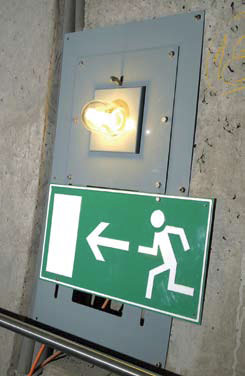

Before any design or planning work begins, an occupational health and safety strategy for the project should be drawn up and set out in a health and safety plan.
The health and safety plan should form the basis for the identification and management of all health and safety risk arising from the works. The client or promoter of the project should join with the designers and contractors in setting the strategy and drawing up and maintaining the plan and should monitor its implementation.
Tunnelling involves both general construction risks and risks which are specific to the tunnelling environment and therefore establishing a health and safety plan should be done by competent staff.
To be effective, the planning of health and safety risk identification and management measures must begin during the project design stage. The implementation during the construction phase should be monitored, so that any revisions be made when necessary.
The plan should also contain details of emergency procedures as well as welfare and first aid facilities. A copy of the plan should be made available to everyone on site.
The main hazards to be addressed in the plan are covered in some detail in the sections which follow.
The design and planning stage of any tunnelling project should be adequately resourced in terms of money, staff and time.
Resources - time, money and expertise - spent on design and planning as well as on ground investigation and its interpretation should result in a more informed choice of excavation and lining methods and in more effective planning of safe construction methods
